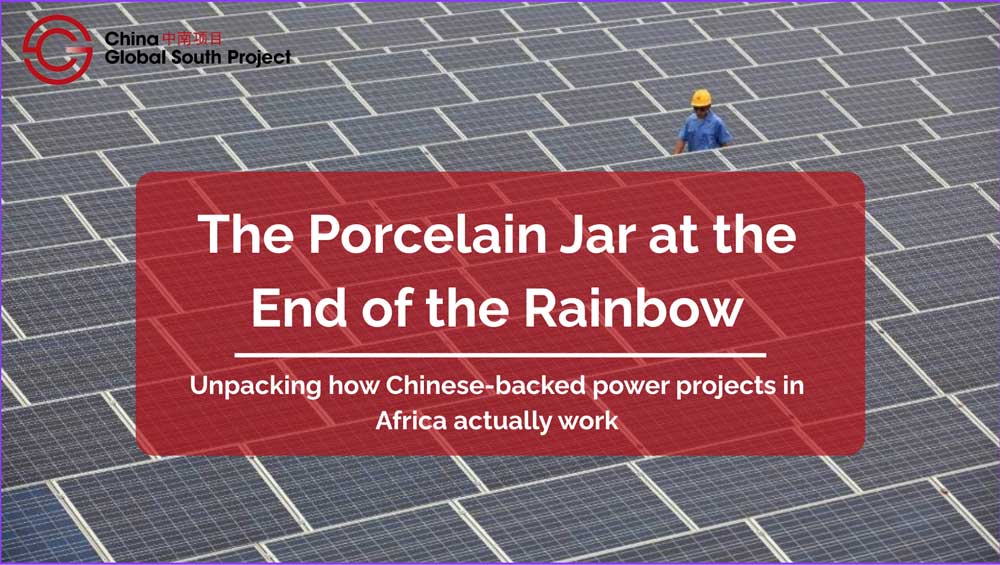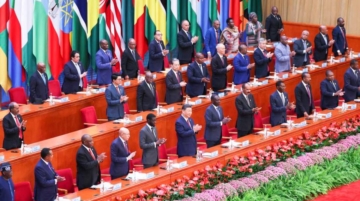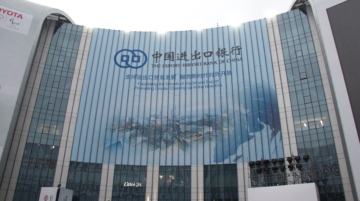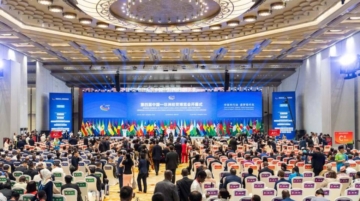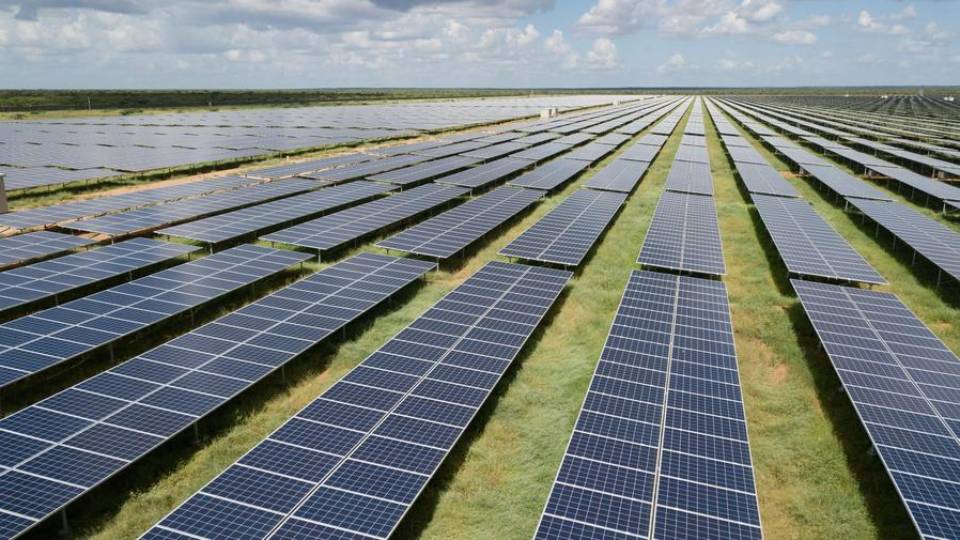
China is helping build nearly one in every five power plants operating in Sub-Saharan Africa today, yet most people know very little about how these projects come together. As electricity demand rises and traditional development partners pull back, China’s influence is becoming even more significant.
Still, the processes behind Chinese-backed infrastructure remain difficult to navigate. Who are the key players? How are projects selected, financed and delivered? And what does this mean for governments and communities working to expand electricity access?
A new series from the China Global South Project, The Porcelain Jar at the End of the Rainbow, seeks to unpack these questions. This bi-weekly series will explore how Chinese engagement in Africa’s power sector actually works, offering accessible, practical insights for policymakers, developers and other stakeholders working in complex environments.
The launch of the series comes at a time of major transition. In early 2025, the United States government confirmed the closure of Power Africa, a flagship initiative that had supported energy infrastructure and access across the continent for more than a decade. At the same time, the U.S. Agency for International Development began scaling back operations, leaving several programs related to infrastructure and energy paused or cancelled. These developments have created a gap in both financing and technical support.
In this shifting environment, China has remained active. Over the past two decades, it has supported the development of approximately 23 gigawatts of installed generation capacity across at least 27 Sub-Saharan African countries, an estimated 20 per cent of the region’s total. These projects include hydropower, thermal plants and a growing number of solar and wind installations. But understanding how these projects are developed, from conception to completion, remains a challenge for many outside observers.
The Porcelain Jar at the End of the Rainbow is designed to bring much-needed clarity to this process. The title reflects the nature of these partnerships: materially significant, but operationally fragile if not handled with care. Chinese engagement in Africa’s power sector is often portrayed in Western media as uniform and tidy, when in reality, it involves a diverse set of actors including policy banks, state-owned enterprises, commercial lenders, private developers and multiple levels of government.
Each edition of the series will focus on a specific stage in the lifecycle of a power project involving Chinese actors. Topics will include planning and procurement, negotiating finance, project structuring, construction oversight and long-term operations. The goal is not to evaluate China’s role in normative terms, but to improve transparency and support more informed decision-making. The series will take a practical, field-informed approach. Readers can expect bi-weekly analysis, Q&A sessions, and podcasts that explain the Chinese energy project lifecycle from start to finish.
While earlier editions will introduce the core institutions involved in Chinese energy investment, such as the China Development Bank and the Export-Import Bank of China, later installments will examine how these institutions interact with contractors, local partners and government ministries. The series will also touch on common challenges, such as approval bottlenecks and changes in implementation timelines, and explore how these arise within China’s own coordination systems.
Rather than offering detailed comparisons of investment models, the series will emphasize how decision-making processes shape project outcomes. Whether a power plant is financed through a policy bank loan or equity investment, the key questions often remain the same: Who has decision-making power? What is negotiable? And how can governments ensure alignment with long-term energy goals?
These questions are particularly relevant as China adjusts its approach to overseas energy finance. Since China’s 2021 pledge to stop supporting new overseas coal plants, interest has grown in clean energy alternatives. Chinese equipment manufacturers – especially in solar, wind and battery storage – now play a significant role in African energy markets. However, the uptake of non-hydro renewable projects remains limited, in part because smaller, distributed energy systems require financing and approval pathways different from traditional large-scale infrastructure.
As the energy transition unfolds, this series will help readers understand where China’s evolving policies and practices meet on-the-ground realities in Africa – and where misalignments still exist.
To complement this effort, the China Global South Project has launched an interactive Energy Tracker, which maps Chinese-supported power generation projects across the continent. The tracker provides data on project capacity, financing sources, ownership structures and implementation progress, offering a valuable tool for researchers and practitioners alike.
As the global development finance landscape continues to evolve, understanding China’s approach to power generation in Africa is more important than ever. The Porcelain Jar at the End of the Rainbow is here to offer timely, practical guidance—grounded in real-world experience and focused on outcomes that matter.
Welcome to the series.
Adjekai Adjei is CGSP’s Non-Resident Fellow for Africa.
_________________________________
About This Series
This article is part of “The Porcelain Jar at the End of the Rainbow,” a new series from the China Global South Project that unpacks how Chinese-backed power projects in Africa actually work. As global development partners shift and electricity demand rises, understanding China’s role — from financing and procurement to project delivery — has never been more important. Each installment offers practical, field-informed insights for policymakers, developers, and researchers navigating complex infrastructure environments.
The series is complemented by CGSP’s interactive Energy Tracker, a tool that maps Chinese-supported power generation projects across Africa, including data on capacity, financing, ownership, and implementation status.

